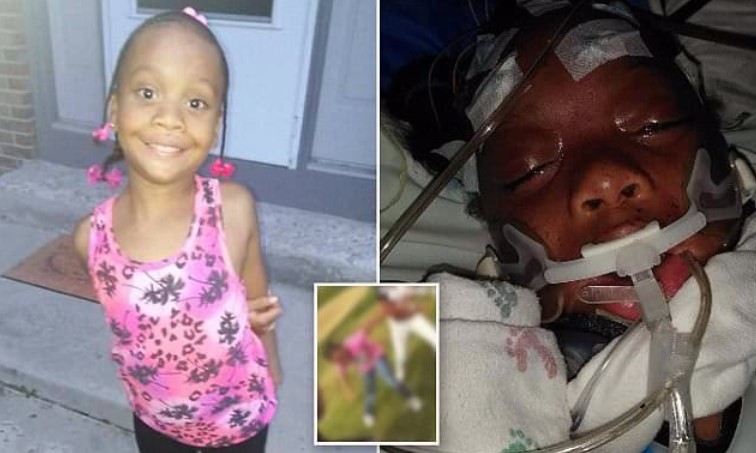Is your child being bullied? Do you even know how to recognize if they are?
Those who say that parenting is the world’s toughest job know from experience. Parenting is perhaps the toughest job, because much of that job involves ensuring that your child is protected.
Protecting a child is not limited to their physical safety, however.
Children are susceptible to mental torment, and historically, the most common form of torment has been schoolyard bullying.
With the immersion of technology in young people’s’ lives however, bullying is no longer confined to the schoolyard. This means that parents must adapt to the times, learning how to prevent, detect, and put an end to cyberbullying in their child’s life.
Preventing the Problem
Parenting means eventually reaching the conclusion that most issues your child will face are out of your control. This means that prevention is not always practical.
However, if parents are consistent when enforcing some rules aimed at shielding their child from cyberbullying, they at least give them a better shot at avoiding victimhood.
The best way to decrease your child’s chance of cyberbullying victimhood is by decreasing their use of tech.
Cell phones have become a safety measure in case of emergencies, but we know that they have become so much more, thanks to Steve Jobs and Co.
Phones can do more than ever and, for kids, this means having social media constantly at their fingertips. We know that social media has had profound impact on children’s self-image, and allowing a child to immerse themselves in their social media life does great harm to their real social life. This includes but is not limited to the phenomenon known as Facebook depression.
It is a parent’s responsibility to enforce restrictions on a child’s use of social media, as this is where much of today’s cyberbullying occurs.
Young people are not good at self-limitation when it comes to their devices, and parent-enforced restrictions will force them to engage in other, more socially and intellectually stimulating activities.
Spotting the Symptoms of Bullying
While the methods of bullying have greatly changed, the symptoms of bullying victimhood remain largely the same. Worse, the self-perception of victimhood is on the rise.
When a child is still shaping their identity, the opinions of peers greatly affect their self-esteem. When they are being bullied, self-esteem often plummets, creating noticeable changes in personality, according to the NCBI (National Center for Biotechnology Information).
If a child has been chronically bullied throughout their life, they may have always displayed a personality indicative of a bullying victim. Parents should not merely accept that ‘this is the way they are’.
Children will not always be a bundle of joy, but one who is chronically withdrawn, shows signs of hopelessness, and has few or no friends is almost certainly being bullied.
Parents of such children must be persistent, insisting that the child talk to them about their life, especially the darker sides of it.
New Directions for Child and Adolescent Development documents how strong communication within the home will serve as a reprieve from the sense of crushing loneliness that bullying victimhood instills in a person.
Parents must ask the child why they feel the way they do, inquiring specifically whether they are being bullied.
Most parents of bully-prone children should encourage them not to be on social media at all.
True friends who do not participate in the bullying can only be found in person, and you must encourage your child to seek out such peers.
Social media can also serve as a hunting ground for increasingly prevalent cyberbullies, so insulating them from online bullies is a parent’s responsibility.
Microagressions
Bullying comes in many forms, but it is increasingly taking a form that revolves around technology and social media.
Many bullies will resort to microagressions – microinsults, microinvalidations, and microassaults – to persistently degrade their victim’s psyches.
Educating a child about how to shrug off these verbal attacks while finding their identity through true friends is a critical step in protecting your child.
Conclusion: Parents must solve issues of bullying through communication and can only prevent the problem – if a problem can be prevented – by discouraging and limiting the use of tech and social media.
If a parent senses changes in a child’s behavior, talking to them honestly about their worth and assisting them in finding friends who practice the golden rule should help them realize that online bullies’ opinions are worth less than the Confederate dollar.
**NOTE FROM MICHELLE COVA: Just a day ago I read a story about 10-year-old girl who committed suicide after a video of her fighting with a bully at her school emerged on social media, according to her heartbroken parents.

Her name was Ashawnty and she had confronted a girl that her mother, Latoshia Harris, claims was a bully. The two got into a fight at Sunrise Elementary while a group of kids gathered around to watch.
A cell phone video of the fight was posted on social media, and her father told KDVR, “She was devastated when she found out it had made it to Musical.ly.” The bullying only intensified, and Harris said, “My daughter came home two weeks later and hanged herself in the closet.”
This is a real problem for our kids today. Our children deserve to be free of this kind of physical violence and emotional harassment.
We love them and want to protect them so we need to do everything in our power to teach our children that the opinions of others are not as important as they seem to believe. But even that doesn’t help our kids when another child becomes violent. So pay attention to the signs. Even if you’re extraordinarily busy. It’s important.
Help them understand themselves, their identities, grow their confidence, and above all, be vigilant and loving with your children. And please, please, please listen to them when they tell you something is wrong. Don’t brush it under the rug.


